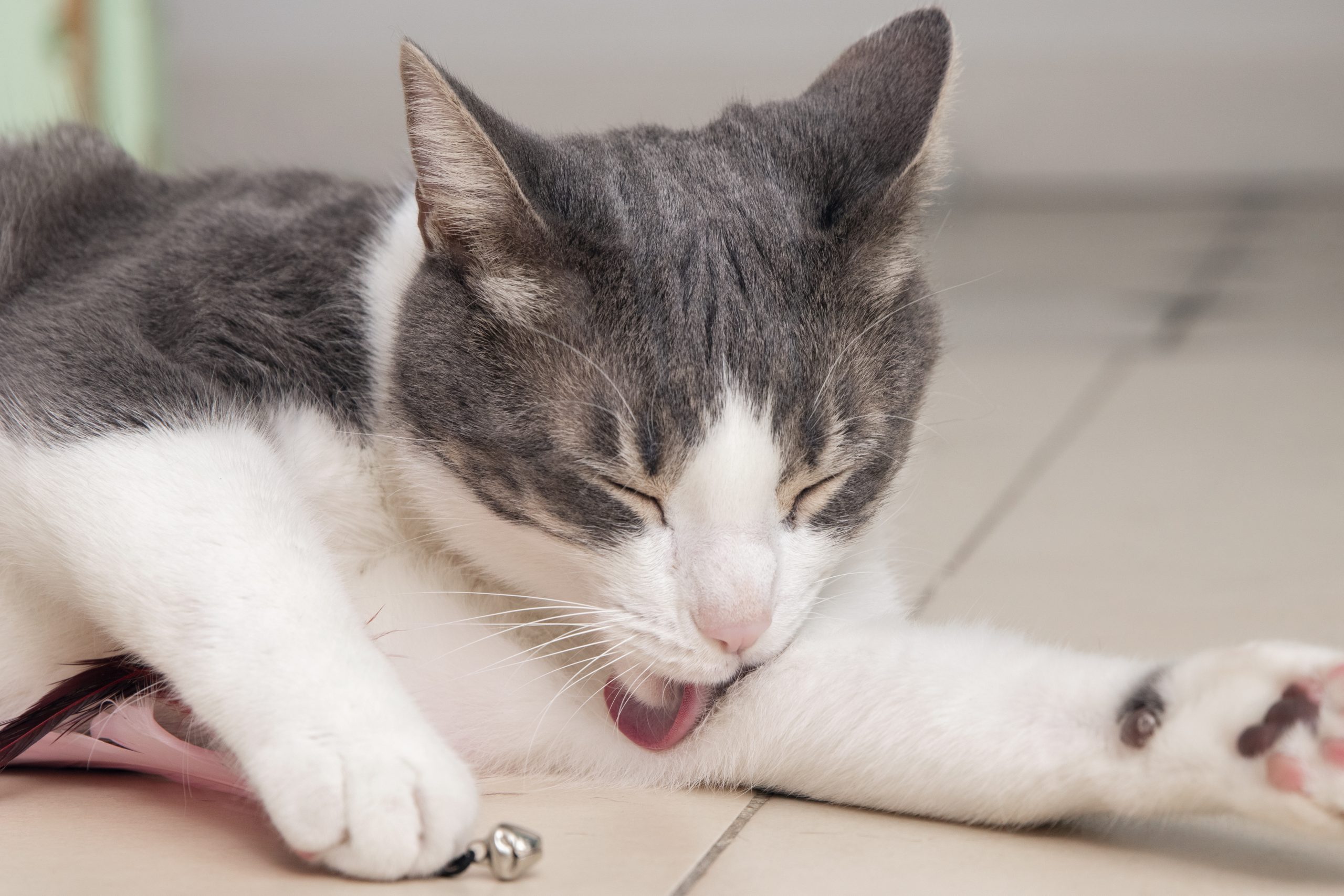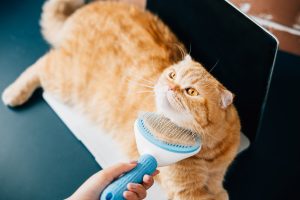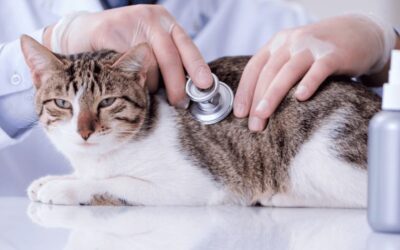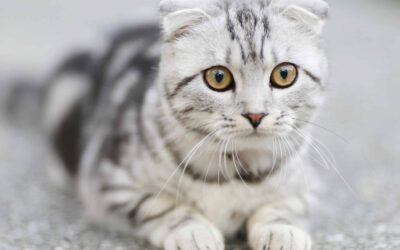Cat Flea Bites [Signs, Symptoms & Treatment Options]

Fleas are tiny parasitic insects that feed on the blood of animals, including cats. They are common pests that can cause discomfort and health issues for your furry friend. Fleas are brownish-black in color and are about the size of a pinhead. They have long legs that allow them to jump onto their hosts.
Many think that flea infestations affect only dogs, but they can also be a nightmare for both cats and their owners. It’s important to know the symptoms and signs of flea infestations so you can take action as soon as possible. Some common indications that your cat may have fleas include excessive scratching and grooming, red and irritated skin, hair loss, and small black dots on their fur, which are flea dirt.
How Do Cats Get Fleas?
Cats can get fleas in various ways. They can pick up fleas from other infested animals, such as dogs or outdoor wildlife. Fleas can also be present in the environment, such as grassy areas or even in your backyard. When your cat comes into contact with fleas or their eggs, the parasites can easily latch onto their fur.
Identifying Fleas on Your Cat
Visual Inspection
One way to identify fleas on your cat is through a visual inspection. Part your cat’s fur and look for small, fast-moving insects. Fleas are typically dark brown or black and can be seen scurrying around on your cat’s skin.
Using a Flea Comb
Another effective method to identify fleas on your cat is by using a flea comb. Flea combs have fine teeth that can catch fleas and their eggs. Comb through your cat’s fur, paying close attention to the neck, back, and tail areas. If you spot any fleas or flea dirt, it’s a clear sign of an infestation.
Flea Dirt and Its Significance
Flea dirt, which is essentially flea poop, appears as small black dots on your cat’s fur. A quick way to confirm if you’re dealing with flea dirt is by placing a few of these dots onto a damp white paper towel. If they turn red, it’s a clear indication because flea feces often contain digested blood. When handling flea dirt, it’s best to wear nitrile or latex gloves and use tweezers or another tool rather than your hands to avoid direct contact.
Visiting the Veterinarian
If you suspect your cat has fleas but are unsure, it is best to visit your veterinarian. They can perform a thorough examination and confirm the presence of fleas. Veterinarians have the expertise to identify fleas and advise you on the best action.
Treatment Options
Once you have confirmed that your cat has fleas, it’s time to explore treatment options to eliminate the infestation. There are several methods you can consider, both for your cat and your home environment.
Treating the Home Environment
Fleas can infest your cat and your home, so it’s important to treat your home to prevent re-infestation. Start by thoroughly vacuuming your carpets, furniture, and bedding. Be sure to dispose of the vacuum bag or empty the canister outside to prevent fleas from re-infesting your home. Wash your cat’s bedding and other items they frequently encounter in hot water. You may also consider using flea sprays or foggers for household flea control.
Preventing Future Flea Infestations
Prevention is key regarding fleas. Here are a few steps to prevent future infestations:
Regular Grooming and Hygiene
Regular grooming and hygiene practices can help keep fleas at bay. Brush your cat’s fur regularly to remove any fleas or flea dirt. Bathing your cat with a flea shampoo can also be beneficial, but be sure to use a product specifically designed for cats.

Using Preventive Flea Medications
Various preventive flea medications are available for cats. These medications can be topical treatments, oral medications, or collars. Consult your veterinarian to determine the best option for your cat based on age, health, and lifestyle.
Can Odie Pet Insurance Provide Coverage for Such an Investment?
Depending on the specific policy, pet insurance can cover the diagnosis, treatment, and management of cat fleas.
Reimbursement
This method is the most common for pet insurance companies. You pay out of pocket for the veterinarian bill, and then the insurance company reimburses you for what’s covered under the insurance plan. The steps look like this.
- You pay the vet bill after your cat’s visit.
- You fill out the pet insurance claim form.
- Submit the claim form and other required documentation to the insurer.
- After the claim is approved, you will be reimbursed for eligible expenses.
What Does Odie Pet Insurance Cover?
Pet insurance covers various veterinary expenses, providing financial protection and peace of mind for pet owners. Here are the details of the coverage options offered by Odie Pet Insurance:
Illness & Injury Plan
The Illness & Injury Plan is an all-inclusive insurance plan designed to cover a wide range of medical needs for your pet. This plan includes comprehensive coverage for various illnesses, injuries, and veterinary services. Some of the covered items include:
- Veterinary exams and consultations
- Diagnostics (e.g., X-rays, lab tests)
- Prescribed medications
- Surgeries and hospitalization
- Rehabilitation, acupuncture, or chiropractic treatments
- Medically necessary supplies
- Euthanasia and cremation
The Wellness Plan
The Wellness Plan is a monthly membership that focuses on preventive care and covers routine veterinary services.
- Provides reimbursements for routine care items such as wellness visits (exams and vaccines), testing and parasite prevention, dental cleanings and at-home dental care, vitamins, supplements, and more
- Through Odie’s partnership with Petivity, a leader in smart pet products and proactive care, Wellness Plan members can also receive reimbursements for Petivity devices and health kits, as well as eligible Purina food and supplements.
- Total reimbursement up to $700 per year.



